Today I'm going to talk about how you can identify a fake Magic card, so you can make your purchases or trades without worries, and avoid headaches if you acquire a staple that you believed to be original.
What is a proxy?
I couldn't stop talking about the famous “Proxies” cards. "Proxy" is a term used by all card game players to refer to an unofficial physical card. It could be an edited alternate version of a card, a representation of a specific card, or even a card you created yourself.
This article is not intended to discuss whether or not to use "proxies". Obviously in a competitive tournament, where there are prizes, proxies will almost always be banned, but in casual formats, like Commander, "proxies" are common, and I, personally, don't see any problems for the most part, although I don't use them.
I said mostly because I see a problem in a specific type of "proxies", which are those that try to replicate as perfect as possible an original card. These are problematic because in the future, if the owner wants to sell their Commander and forgets that there was a "proxy" of an old dual, or if family members intend to sell them, or even if the owner dies, this "proxy" card can end up in the hands of people who don't play Magic, and many times these people can try to sell fake cards unintentionally.
And it is because of these types of situations that I'm writing this article. I'm going to discuss some tests for you to get rid of these situations described above, or even people and stores of a dubious nature.
Take the card in your hands
The first test might seem a bit silly, but it's not. Taking the card in hand is a fundamental and basic thing, and with tact older and more experienced players can immediately feel whether there is something strange or not in the card.
This simple test isn't just for veterans, as original Magic cards have a card type and print that's pretty hard to imitate, so the trick is to try to get an original card from the same set as the card you're trying to find out if it's original, and with both in hand, try to feel if the two share the same tact feeling.
If you are buying a card with a high monetary value, remove it from the sleeve if allowed, and feel it with your hands, with light taps, feel it. If it is an "old dual", for example, most sales and exchanges are from the "Revised" set, so buy a basic land from this set, this way you will have two cards with the same paper and printing of the time, and you will get a good idea on how its printing pattern "feels". In case you can't get a card from the same edition, try to find the one that most closely matches the period.
The negative point of this test is that if the card is extremely expensive, you won't be able to feel it in your hand, like the "Power Nine", as they are so expensive that just by having fingerprints on them, already their price can be altered.
Bending Test

This test is very famous, and it consists of, as you can see in the image, touching the edges of the card. By doing this, you will have to pay attention if there is any mark in the middle where the fold occurred. Magic cards, although recently there has been a decline in paper quality, still maintain a higher quality than most fake cards. Therefore, after this test, if the card is original, it will not have any marks and will be exactly as before being semi-folded.

See the type of mark that is typical of a fake card after the "bending test". But be careful, doing this often will invariably produce this type of mark on the card, and that is precisely the negative point of this test. Therefore, doing the "bending test" on a card produced in 93, for example, is very dangerous because you don't know how many times this has already been done.
The Light Test

The light test is pretty easy to do and has zero chance of damaging the card. As you can see in the image, just hold the card against a strong light and see if it passes through it easily. See how in the original card, we can even see the fibers of the paper, and in the fake, the light has a great difficulty passing through.
One tip is to use the cell phone light, with the only difference being that with the cell phone light, it will be a much smaller point than shown in the figure, but the patterns will not change.
Magnifying Glass and/or Loupe
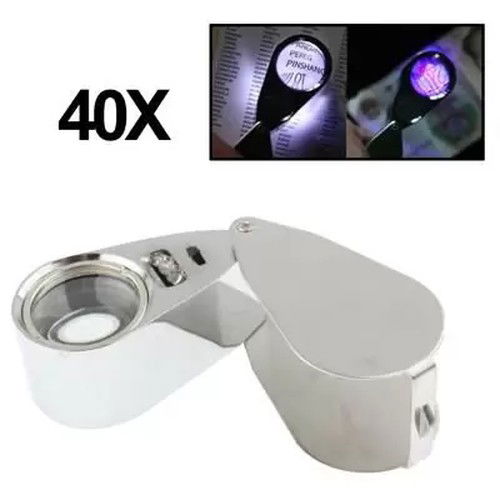
Loupes and specialized Magnifying Glasses are the best tool to help us when it comes to assuring the originality of a Magic card. Among these, I highly recommend a magnifying glass that usually comes with a built-in light.
Wizards, since the game's inception, uses a pattern in which the card is colored about 4 times in the printing, that is, the colors are not done at the same time, and the last color added to the cards is black.
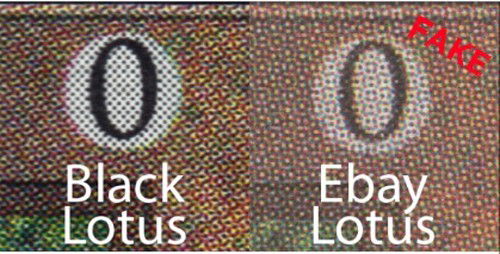
With these instruments, we can see that the brown part of the Black Lotus is composed of several colors that are half cylindrical. Now notice how the black of the number zero seems to have been done at the same time as the other colors on the fake card, while on the original one, the black ink was printed on top, that is, it was the last color printed.
When you do this test, pay attention not only to the conjuration numbers of the cards, but everywhere that there is a black color such as: in the borders, text box and illustration, in the text itself, in the set symbol if there is one, in the card's name. Many fake cards have a high standard of printing, but they can hardly make that kind of black printing on almost every part of the card.
With these tools, you can even identify if the quality of the card is consistent with the sale or trade. See this example.

This is not a fake card, but notice how it has been altered with black ink around the edge to make it appear higher quality than it actually is. This type of change is considered a “Damaged” card, making its value drop considerably.
Another thing to note is that fake cards are all "Near Mint" when they are made, so usually counterfeiters will scratch them on some surface to make them look old. With this method, these counterfeiters mainly leave the edges scratched, and the original “Highly Played” cards have the edges mostly loosening the threads of the paper texture, instead of just being scratched. You can also see this with a loupe.
An interesting point is that those who have high myopia can see these types of images without the aid of any type of magnifying glass.
Conclusion
There are other types of tests, but I showed the ones that I like the most that are considered more effective and easier when you're trading or purchasing an expensive card.
Thanks for reading!









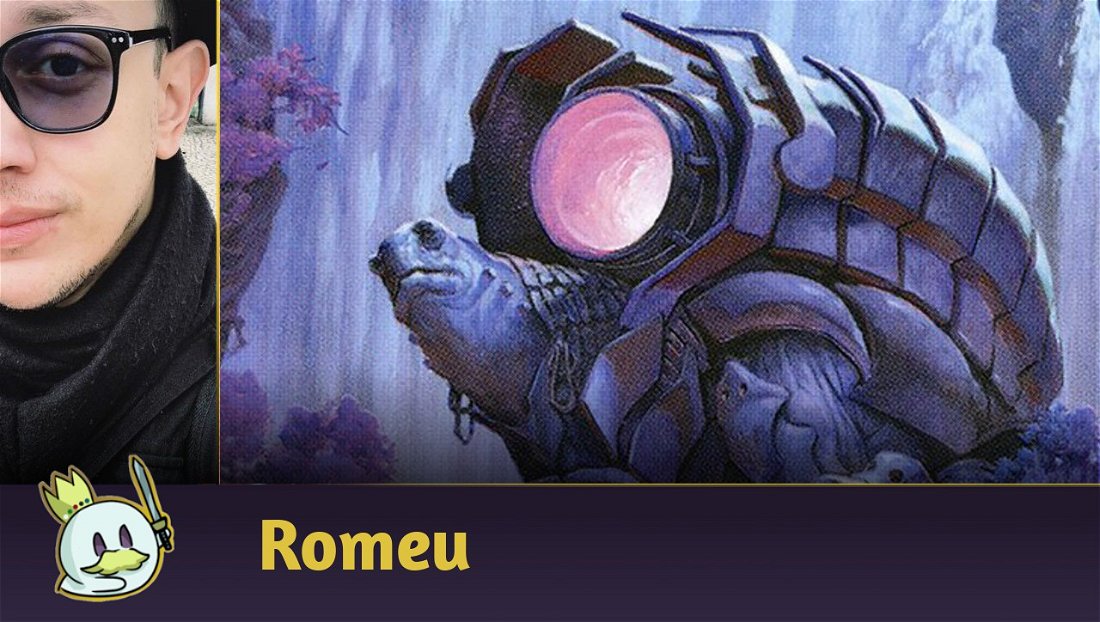
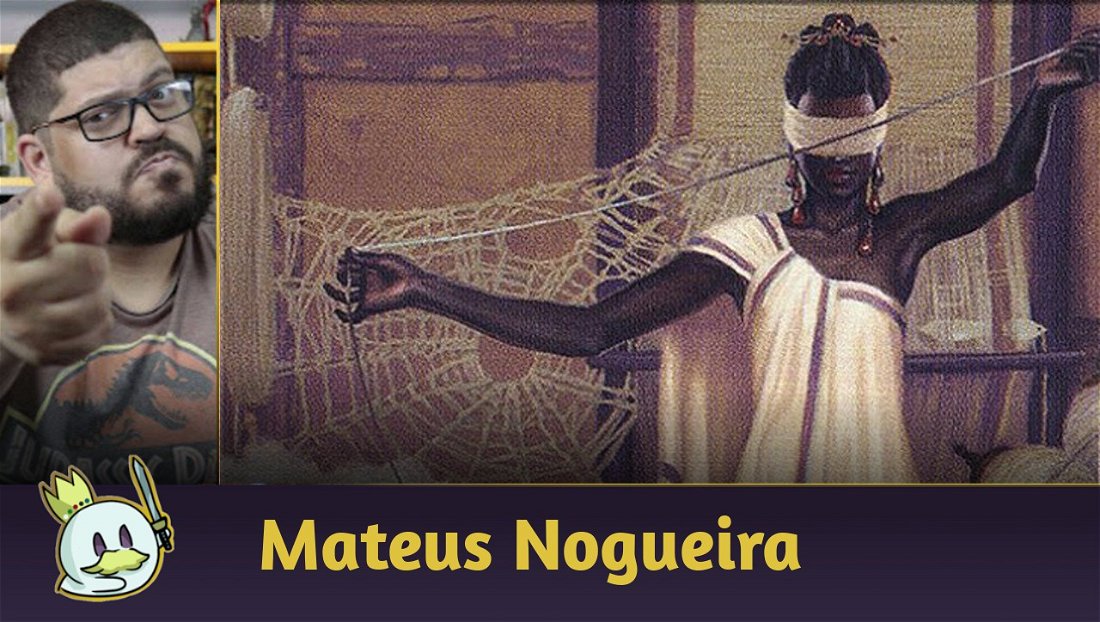

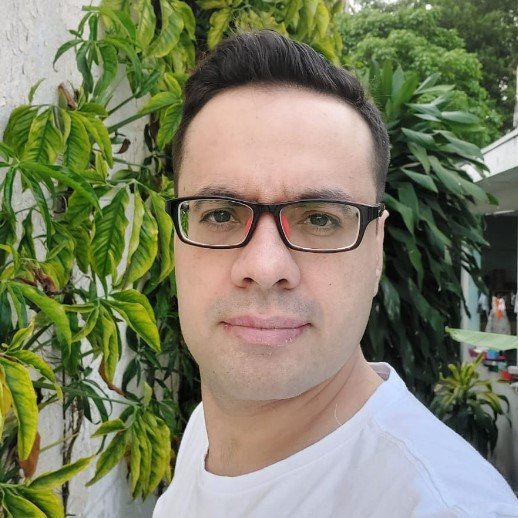

— Comments 0
, Reactions 1
Be the first to comment